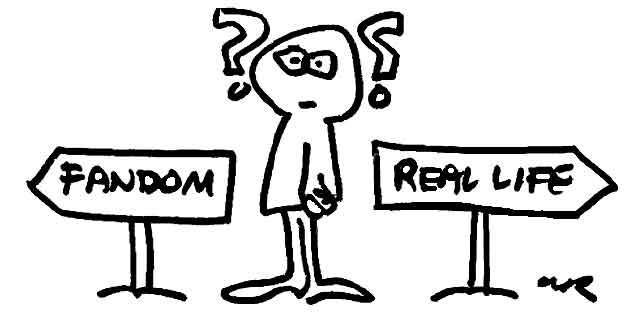Whilst Brian skipped over the fan culture part of the Lectorial on Monday, I decided to revisit it because it’s an interesting topic and it relates strongly to my group’s PB4 topic. In the post-broadcast era, ‘fandoms’ are no longer relegated to socially isolated groups of Star Trek geeks. This is due to the rise of ‘participatory culture,’ which has been enabled through the development of new technologies and thus new forms of communication. The Internet has given fans spaces to create communities, and connect with other fans around the world. One of these spaces that springs to mind is Tumblr, which can almost be considered the ‘home’ of modern day fandoms. Thanks to the interconnected nature of fan culture in the post-broadcast era, fans have been given a voice, and thus a power as an audience, that they previously did not have.
Audiences are now able to engage with media texts in different, increasingly interactive ways. A fan might produce ‘fan art’, post it online, and have it shared hundreds or thousands of times with other fans. This culture of sharing amplifies the voice of fans, thus decreasing the distance between producers (knowledge culture) and fan culture. Sometimes, these fandoms are able to influence producers through their responses to texts.
I believe the saturation of fan culture, especially in social media, has normalised these ‘fannish modes of engagement.’ It’s no longer considered a social faux-pas to be a fan of something, and to actively share and discuss pop culture texts.



